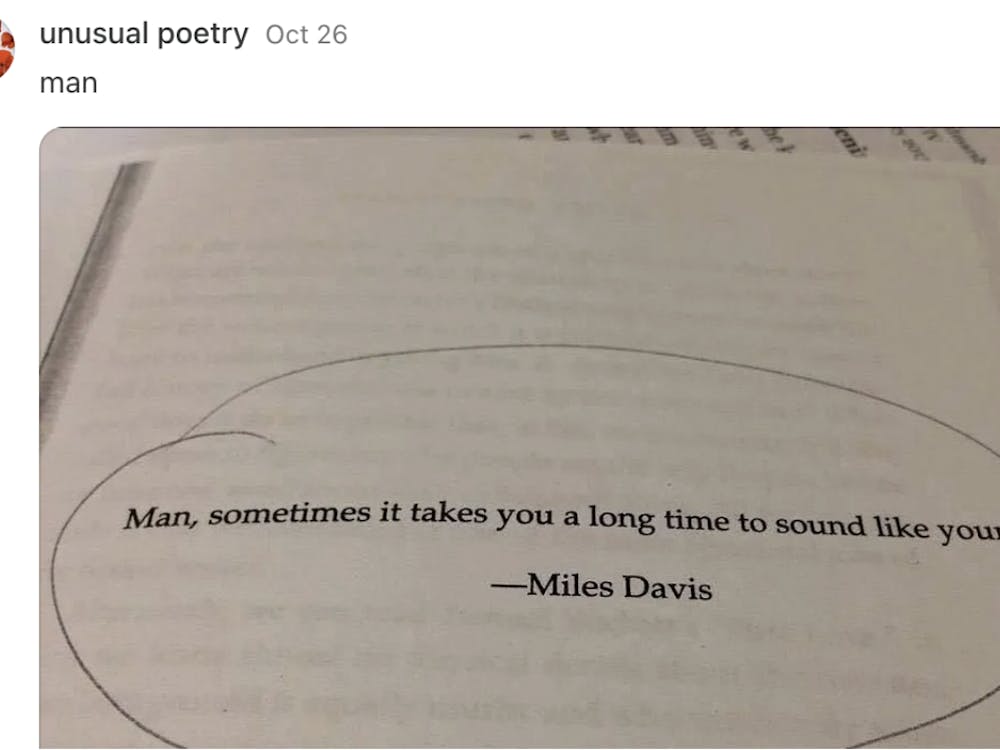I remember the day I realized that I needed to seek professional medical help. I woke up halfway through a scheduled organic chemistry exam, dazed and confused and still in bed wearing a nightgown that read, “Sleep All Day, Party All Night.” I panicked and ran to class, still dressed in my seemingly ironic garment, only to find the lecture hall full of staring, accusing eyes, and no empty seats. It was an infamous nightmare come true, and it happened to me more than once. I soon found out that narcolepsy was to blame.
Contrary to what my nightgown said, I had not been up partying all night or any of the other times that I had slept through classes, meals or get-togethers with friends. In fact, I was sleeping on average about 14 hours a day, every day. Regardless of my restful habit, I could not keep my eyes open much of the time and was always ready to jump on the chance to doze. My primary care physician suggested scheduling a sleep study, and I readily accepted the suggestion, desperate for any kind of resolution to my problem.
After 24 hours stuck in a strange room covered in electrodes and tape, I was ready to go home and the doctor was ready to make a diagnosis. When he told me I had narcolepsy and would have to take a stimulant for the rest of my life, I was highly disturbed and skeptical. When I heard the word narcolepsy, I pictured a sleepy, middle-aged man dropping to the floor mid-conversation, unable to stay awake and unable to be woken up. How could I have the same disease as the imaginary man in my head? I never fell down from exhaustion; I never needed someone to wake me up after collapsing.
Now that I have lived two and a half years with narcolepsy, I have come to realize that many of my conceptions, and those of my friends and family, were grossly inaccurate. On a very basic level, I had never thought about what caused narcolepsy or why people fell asleep randomly.
I now know that it is actually a neurological disorder caused by the brain being unable to control a constant sleep-wake cycle. The brain essentially sends signals telling the body to sleep at random times instead of regulating sleep as it should. Nobody knows the exact cause yet, but researchers have recently discovered that narcoleptics don’t have the chemical hypocretin, which is partially responsible for alertness and sleep standardization. They have also often found abnormalities in the areas of the brain responsible for REM sleep regulation. There is a lot of research currently being done to study narcolepsy, but for the time being I am stuck taking medication three times a day and simply not knowing why I am the way that I am.
I also used to think that a diagnosis of narcolepsy depended simply on whether the patient often fell asleep while standing. Turns out, one doesn’t ever have to collapse to be diagnosed with the illness. To be diagnosed, according to the International Classification of Sleep Disorders, the patient has to feel extreme sleepiness during the day for more than three months, as well as either cataplexy (sudden loss of voluntary muscle control, often caused by strong emotions) or a tendency to fall asleep unusually quickly, which can be proven by a variety of sleep studies. I, for example, was asked to take a 20-minute nap every two hours for 10 hours, and on average I fell asleep in about four minutes, when any time under five minutes is considered to be pathological. Normally it takes people about ten minutes to fall asleep — six minutes if they are sleep-deprived college students.
In addition, I realized that narcolepsy also comes along with other terrifying symptoms. For example, when I’m tired, I often feel that I’m living in a dream because my imagination starts running wild and cannot distinguish my thoughts from my reality. This is called a hypnagogic hallucination, and is evidently quite common with narcolepsy. Another common symptom is sleep paralysis, in which people physically cannot make themselves move shortly after they wake up.
After learning about the disease, I find the misconceptions of others to be somewhat offensive. Friends refused to believe that I was a narcoleptic because I didn’t ever fall over when talking to them. Teachers made jokes at my expense for falling asleep in class. Acquaintances told me that I was just lazy, and that nothing was causing me to be tired except for my lack of motivation.
While it is true that narcolepsy is classified as a rare disease and only affects around 200,000 Americans, movies and TV shows exaggerate the symptoms to highlight these misconceptions and make narcolepsy look like a joke rather than a disease. While I understand the entertainment value of unexpected collapses, the disease hardly feels like a joke to me when I am popping pills just to stay awake during the day.
The misconceptions of narcolepsy are harmful to not only the patients but also to the potential progress of research in the field. If people don’t take it seriously, advancing research will become even more of a struggle than it is today. Narcolepsy is more than YouTube makes it out to be.
Megan Crants is a junior Writing Seminars and Cognitive Science double major from Nashville, Tenn. She is the science columnist for TheNews-Letter.




